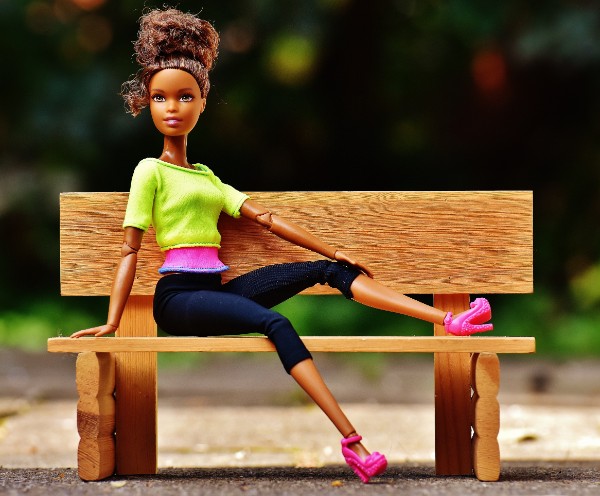Given how connected the lives of young people are to screens, it is unsurprisingly that you increasingly learn what gender means – what it means to be a man or a woman – via your screens. This is dangerous if you accept the assumptions about gender that you see online without questioning them, and begin to think that the gender roles you see are normal. The online world can stress certain ideas and messages that are then very difficult to dismantle or change.
You might wonder if the media has anything to do with gender at all. Consider these facts:
- Only four Disney films feature women speaking over 60% of the dialogue: Inside Out, Alice in Wonderland, Maleficent, and Sleeping Beauty.
- A study on the number of words spoken by male and female characters over 2000 screenplays found that less than one quarter had about equal speaking lines for men and women. More than half the screenplays had 60 to 90% of the lines spoken by male characters.
- A study on gender in advertising found that only 3% of advertising showed women as leaders, 2% conveyed them as intelligent, and only in 1% did they come off as interesting.
The problem with being exposed to poor gender representation and gender stereotypes is that they are everywhere all the time! These stereotyped messages in the media, through television, movies, magazine, music videos, advertising, video games, social media, and more, can over time influence you to adopt similarly narrow ideas of gender roles in society.
What are common gender stereotypes?
For women, messages about gender still prioritise beauty over brains. For example, the media may:
- Praise women who are thin and fashionable, and put down those who have other body shapes and styles
- Treat women and girls as sexual objects
- Portray women's key role in life as the caretaker or homemaker
- Show women as dramatic, catty, and over-emotional
For men, these messages may be more nuanced, but they are just as loud and clear. The media may:
- Idealise a buff and toned body shape
- Stigmatise boys who show emotion instead of bravado and "grit"
- Depict boys who act recklessly, even at the expense of others, as cool
I don’t believe in stereotypes.
That’s great! If you have any doubts at all, you can test yourself by asking yourself questions like this:
- What are some stereotypes of boys and girls?
- If my best friend started acting in a way that was different from how a guy/girl usually acts, what would other people say about them?
- What would I feel hearing these things that people say?
- What would I feel about my best friend acting this way?
At this point, you might think, “I don’t care how my best friend acts. It doesn’t matter.” That’s still great. Now you can consider a few more questions. If you are a guy, ask yourself:
- When was the last time I cried to someone? If something bad happened tomorrow, would I feel okay crying to someone about it?
- When was the last time I helped to clean or cook at home? Do I expect a woman to do these things for me in the future?
- Am I comfortable wearing pink?
- Would I ever consider being a nurse or pre-school teacher? What about staying at home to take care of my kids in the future? Why or why not?
If you are a girl, ask yourself:
- When was the last time I asserted myself in public? If a situation came up tomorrow, would I be able to talk over a man and make my opinion known?
- Would I ever consider being a police officer or surgeon in the future? What about having a husband stay at home to take care of my kids in the future? Why or why not?
The answers to these questions, and how quickly or comfortably you answer them, might shed some light on how much you have internalised these stereotypes. Internalised means how much you have taken these to be the truth, letting them guide the way you think. To break the hold of these concepts over your mind, be sure to check yourself and correct yourself if you find yourself thinking them.
Is there anything I can do to avoid or change these stereotypes?
- Find good content: look out for shows and movies that features boys and men expressing their emotions constructively and being kind and vulnerable. Shows like This Is Us or movies like The King’s Speech are good examples. Also find female characters who are outspoken and follow non-stereotypical goals and paths. Crime shows featuring women as police or profilers are good examples, such as Bones or Brooklyn Nine-Nine.
- Think about what you watch: if you are watching content, critically think about what is happening, the types of stereotypes being reinforced or disrupted on screen, and how these might affect broader power structures
- Compliment people differently: in your daily life, try to praise people using compliments that are not just about their appearance (particularly for women) or their strength (for men) – recognise people for their characteristics beyond any gender roles
- Talk to people: when you are confronted with gender stereotypes, even with your family or friends, speak up against them – push people to think about where these stereotypes have come from, why they exist, and if they help people












